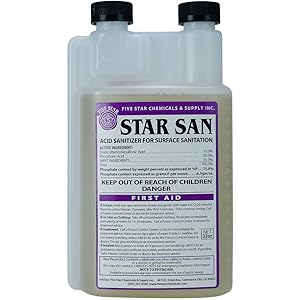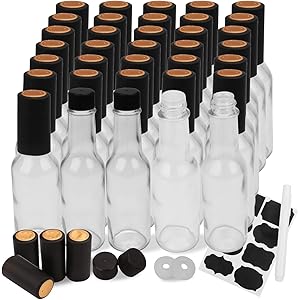Understanding Fermentation in Beer Brewing
Fermentation is a crucial process in beer brewing, where yeast converts sugars into alcohol and carbon dioxide. The speed of fermentation can vary significantly depending on several factors, including the type of yeast used, the temperature of fermentation, and the specific ingredients in the beer recipe. Understanding these variables is essential for brewers looking to produce beer quickly without compromising quality.
Kveik Yeast: The Fast Fermenter
Kveik yeast, a traditional Norwegian strain, is renowned for its rapid fermentation capabilities. This unique yeast can ferment at higher temperatures than most other strains, often completing the fermentation process in just a few days. Kveik’s ability to thrive in warm conditions allows brewers to skip the lengthy fermentation times typically associated with lager yeasts, making it an attractive option for those asking, “What is the fastest beer to ferment?
Temperature’s Role in Fermentation Speed
The temperature at which fermentation occurs plays a significant role in how quickly beer ferments. Kveik yeast can operate effectively at temperatures ranging from 70°F to 100°F (21°C to 38°C). Higher temperatures generally accelerate fermentation, but they can also lead to the production of off-flavors if not managed correctly. Therefore, brewers must find the right balance to achieve both speed and flavor integrity.
Choosing the Right Ingredients
The ingredients used in brewing can also impact fermentation speed. Simple sugars, such as those found in malt extract or corn sugar, can be fermented more quickly than complex sugars. Additionally, the presence of nutrients, such as yeast nutrient or DAP (diammonium phosphate), can enhance yeast activity, further speeding up the fermentation process. When considering “What is the fastest beer to ferment?”, ingredient selection is key.
Get more content like this!
Sign up to receive updates and new terms first hand.
Types of Fast-Fermenting Beers
Certain styles of beer are inherently quicker to ferment than others. For instance, American ales and IPAs often ferment faster than traditional lagers due to the yeast strains used and the fermentation temperatures. Additionally, session beers, which are lower in alcohol content, can also ferment more rapidly, making them ideal candidates for brewers looking to produce beer quickly.
Monitoring Fermentation Progress
To determine how fast a beer is fermenting, brewers often use specific gravity measurements taken with a hydrometer. By measuring the specific gravity at the start of fermentation and then periodically throughout the process, brewers can track the fermentation’s progress. This method allows brewers to know when fermentation is complete and when the beer is ready for conditioning or packaging.
Common Challenges in Fast Fermentation
While fast fermentation can be advantageous, it also presents challenges. Rapid fermentation can lead to the production of unwanted byproducts, such as fusel alcohols or esters, which can affect the beer’s flavor profile. Brewers must be vigilant and maintain proper fermentation conditions to mitigate these risks while still achieving a quick turnaround.
Importance of Yeast Health
Healthy yeast is essential for fast fermentation. Brewers should ensure that yeast is properly pitched at the right cell count and that fermentation conditions are optimal. Factors such as oxygen levels, temperature, and nutrient availability all contribute to yeast health. A strong, healthy yeast culture will ferment quickly and efficiently, answering the question, “What is the fastest beer to ferment?”
Conclusion: The Quest for Speed in Brewing
In the world of craft beer, the quest for speed in fermentation is a common pursuit among brewers. By utilizing Kveik yeast, managing fermentation temperatures, selecting appropriate ingredients, and monitoring yeast health, brewers can significantly reduce fermentation times. Understanding these elements is crucial for anyone looking to produce high-quality beer quickly and efficiently.




